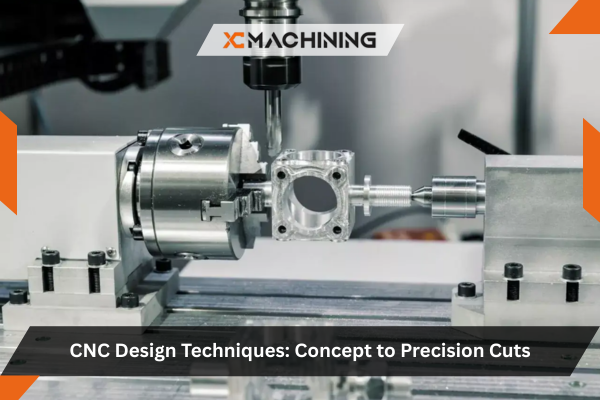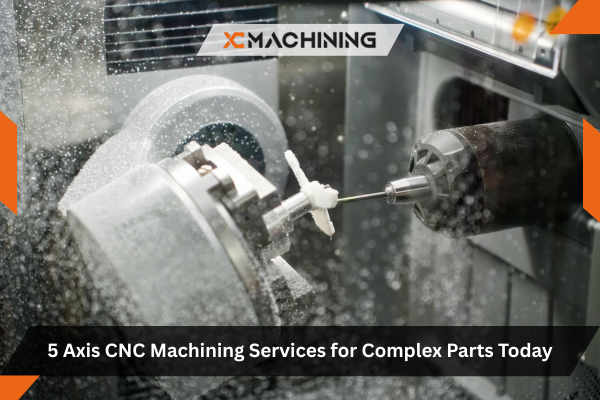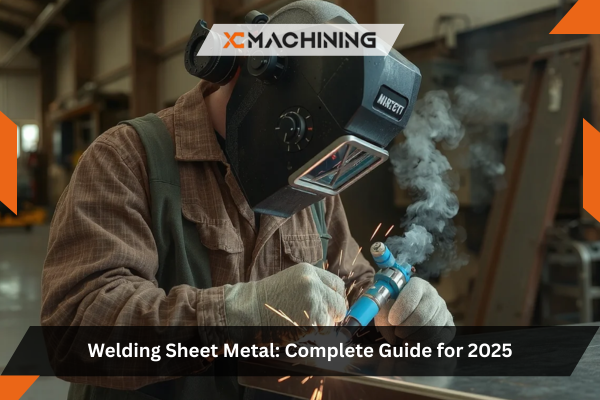CNC design techniques are a broad range of processes and tools to transform raw materials into precise, high-quality products. From conceptual design to the final cut, CNC technology plays a key role in modern manufacturing. This tutorial includes the basic elements of CNC design that covers programming, machine selection, and advanced techniques. It will be helpful whether you are a beginner in CNC or master it in precision and efficiency for your projects.
Understanding CNC Design
CNC design is a basis for modern manufacturing and enables the production of complex and precise components.
Conceptualizing Your Design
Conceptualizing your idea is the first step in CNC design. This involves sketching your design and thinking about materials and tools that will be required. A clear concept helps in visualizing the final product and planning what steps are needed.
Creating Digital Models
When you have your idea, you model with a digital CAD software. This is what you would call your blueprint working with your CNC machine. Digital models are so effective and allow you the precise measurement and any type of adjustment possible, hence ensuring you get accuracy on the finished product.
Converting designs to CNC code
The final step in the design process is to convert your digital model into CNC Design code, which the machine will use to execute the design. This involves translating the model into a set of instructions that the CNC machine can follow.
What CNC Programming Does
CNC programming is necessary for the control of movements and operations of CNC machines.
Understanding G-Code
It is in which CNC machine is programmed G-code, that is why basic G-Code knowledge is always needed for efficient CNC programming. It is used by commands that will control how movement will happen as well as speed change with tool change.
Effective Programming
The productivity of the machine increases with the programs which reduce the time for the downtime of the machine. This can be ensured through the optimization of the tool path and cutting sequence. Proper programming decreases errors, and the machine can run efficiently.
Testing and Debugging Programs
Testing and debugging before running a CNC Design program helps in ascertaining that the machine is running correctly and that everything will be okay, including safety. Testing points out potential problems that might affect the machining process.
CNC Router Machine: The Best Choice
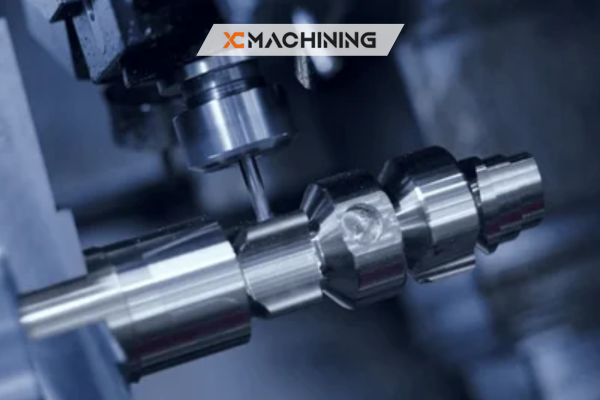
There is no doubt that proper choice of CNC router machine would work in favor of producing perfect results in your project.
Types of CNC Router Machines
There are different types of CNC router machines, each of which is suitable for a particular use. The knowledge of the difference allows making an informed decision. Some machines work well for intricate designs, while others are meant for heavy-duty cutting.
Features to Look for
In choosing a CNC Design machine, one should consider the spindle speed, bed size, and compatibility with software. All these factors determine how the machine functions and the quality of the final product.
Maintenance and Upkeep
Your CNC router machine will require maintenance and upkeep to ensure it is in its optimum condition and for its extended lifespan. Proper maintenance will ensure constant performance without breakdown.
Milling Machine Basics
Milling machines are useful devices that can be incorporated into the CNC design for cutting and material shaping.
Types of Milling Machines
There are several types of milling machines, including vertical, horizontal, and CNC milling. They operate very differently. Precision jobs should be done on the vertical ones, while heavy jobs require horizontal ones.
Choices of Cutting Tools
Well-selected cutting tools in your milling machine can work miracles in terms of getting a tight cut and finish. In a number of cases, the quality of the finished product depends only on the correct cutting tool.
Safety Measures
Safety comes first when it deals with milling machines. So, observe safety measures seriously and do not forget personal protective equipment. All right safety measures prevent accidents and ensure safety and security.
Precision cuts design
In the case of CNC design, one of the most crucial skills is precision cutting which demands careful planning and proper execution of an idea.
Material
The right material is a very important point to achieve precise cuts on your project. All the materials have their different characters and effects on the process of cutting.
Optimizing Tool Path
The optimization of the tool path reduces cutting time with increased accuracy in cuts. Quality tool paths ensure that machines do not have any hindrances or breakage, thereby ensuring the quality of the cuts.
Quality Control
Quality controls check that your end-product adheres to the required specification or standard. Routine tests and checks always improve your quality standards.
Advanced CNC Techniques
New, complex, and advanced CNC Design can support complex designs and speed-up effectiveness.
Multi-Axis Cutting
Multi-axis cutting allows for much tighter cuts in addition to design ability into CNC machinists. Multidimensional cuts in materials open up to possibilities far exceeding more standard cuttings.
Fast CNC Operations
High-speed machining leads to productivity because cutting time is reduced and the finish improves. Machining at high speeds saves a lot of time and is more efficient.
Automation and Integration
You can automate your CNC process to make things easier in operations and minimize human involvement. Automation helps increase consistency and decreases the likelihood of errors being made.
Common CNC problems, and how to solve them
Even with the best planning, CNC issues may arise. It is essential to know how to troubleshoot them.
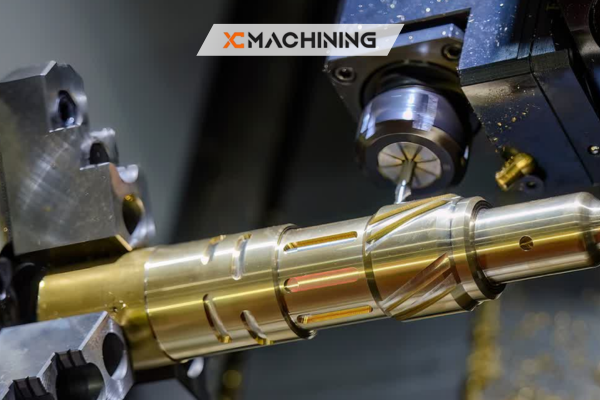
Identifying Common Problems
The most common problems associated with the CNC machine tools include breakage, poor surface finishes, and machine errors. Identification of the above problems early would save many costly mistakes. Monitoring helps identify the problem before the problem becomes severe.
Application of Solutions
The moment that a problem arises, a good solution should be implemented very fast to save downtime. Proper troubleshooting guarantees efficient operating of the machine, with smooth running.
Preventive Maintenance
Regular preventive maintenance can avoid many common CNC issues and ensure your machine works smoothly. Scheduled maintenance checks help find potential problems before they become major disruptions.
Optimization of CNC Workflow
Optimization of CNC workflow will significantly improve efficiency and productivity.
Streamline Processes
Smoothening the CNC processes include removal of unwanted steps and enhancements of coordination between the stages. Workflows are made effective which reduce delay and improve productivity.
Software Tools
The optimization of your workflow on CNC is facilitated through software tools which make automations and real-time data to support them.
Advanced software solutions may comprise advanced techniques for increasing efficiency and accuracy.
Continuously Improve
Assessment and improvement of your CNC processes are key to long-term success and competitiveness. It ensures identifying the right areas to be improved and implementing the changes for the better.
Conclusion
The basic importance of CNC design techniques in modern manufacturing lies in the fact that one can produce products of accurate quality. It is only with an understanding of the basic CNC design, programming, and functionality of how the machine will work that ensures more productivity and accuracy.
More intricate designs may be achieved with additional knowledge by the user through advance techniques and approaches toward optimization. In short, note, it is regardless of whether they are a beginner or somebody who possesses excellent high professionalism skills. The knowledge of proper procedures regarding CNC designing makes people informed about whatever is going to happen in the concerned industry sector.
FAQs
What is CNC design?
It is the actual digital model making by a designer that gets put down in accurate ways on CNC machining for proper product part fabrication. Fundamentally, these encompass various manufacturing processes involving diversified tooling.
How do I choose the right CNC router machine?
When selecting a CNC router machine, I would consider the type of machine, what to expect for key features, and maintenance requirements. Knowing specific needs and project requirements will make it easy to decide.
What are some common problems that can occur with CNC machines, and how might I troubleshoot these?
Common problems include tool breakage and poor surface finishes. Troubleshooting occurs when the problem is defined, a solution is implemented, and then proper preventive maintenance is done to avoid problems and ensure smooth operations.

